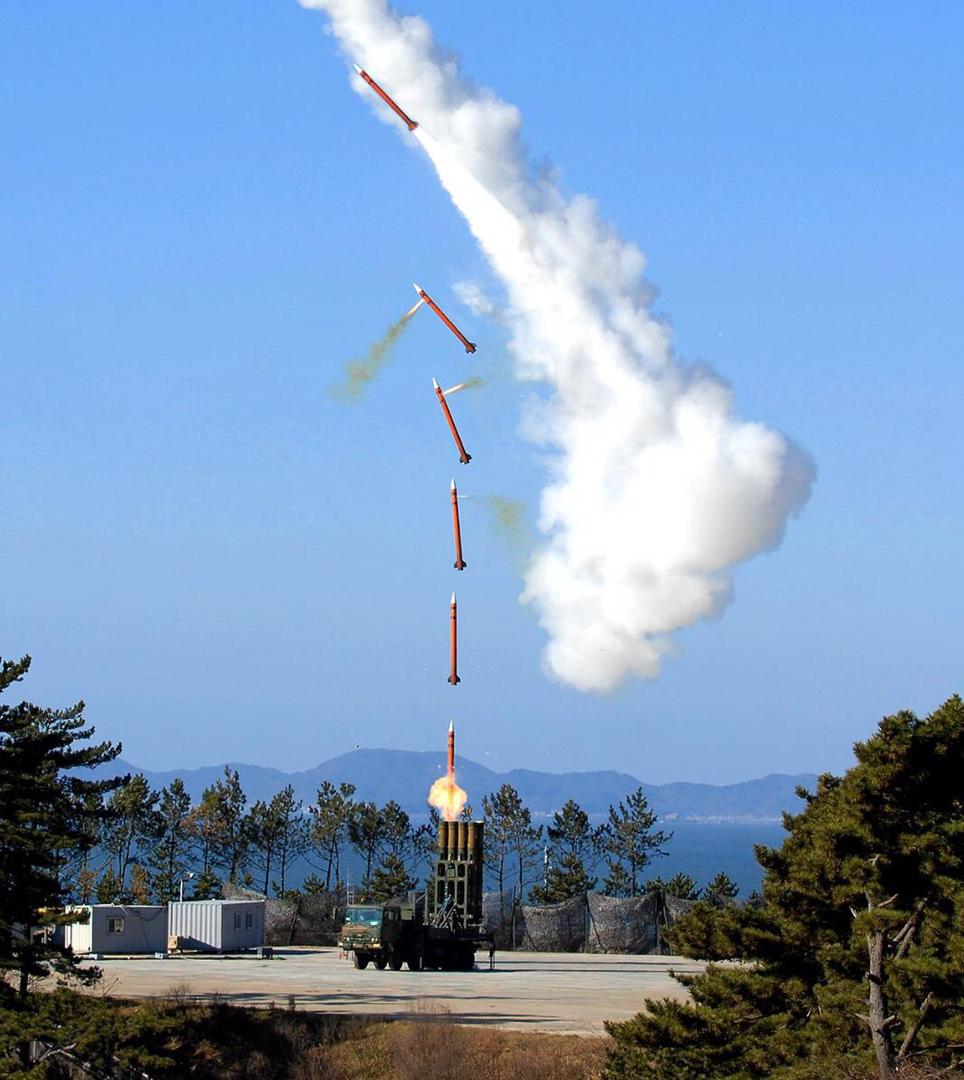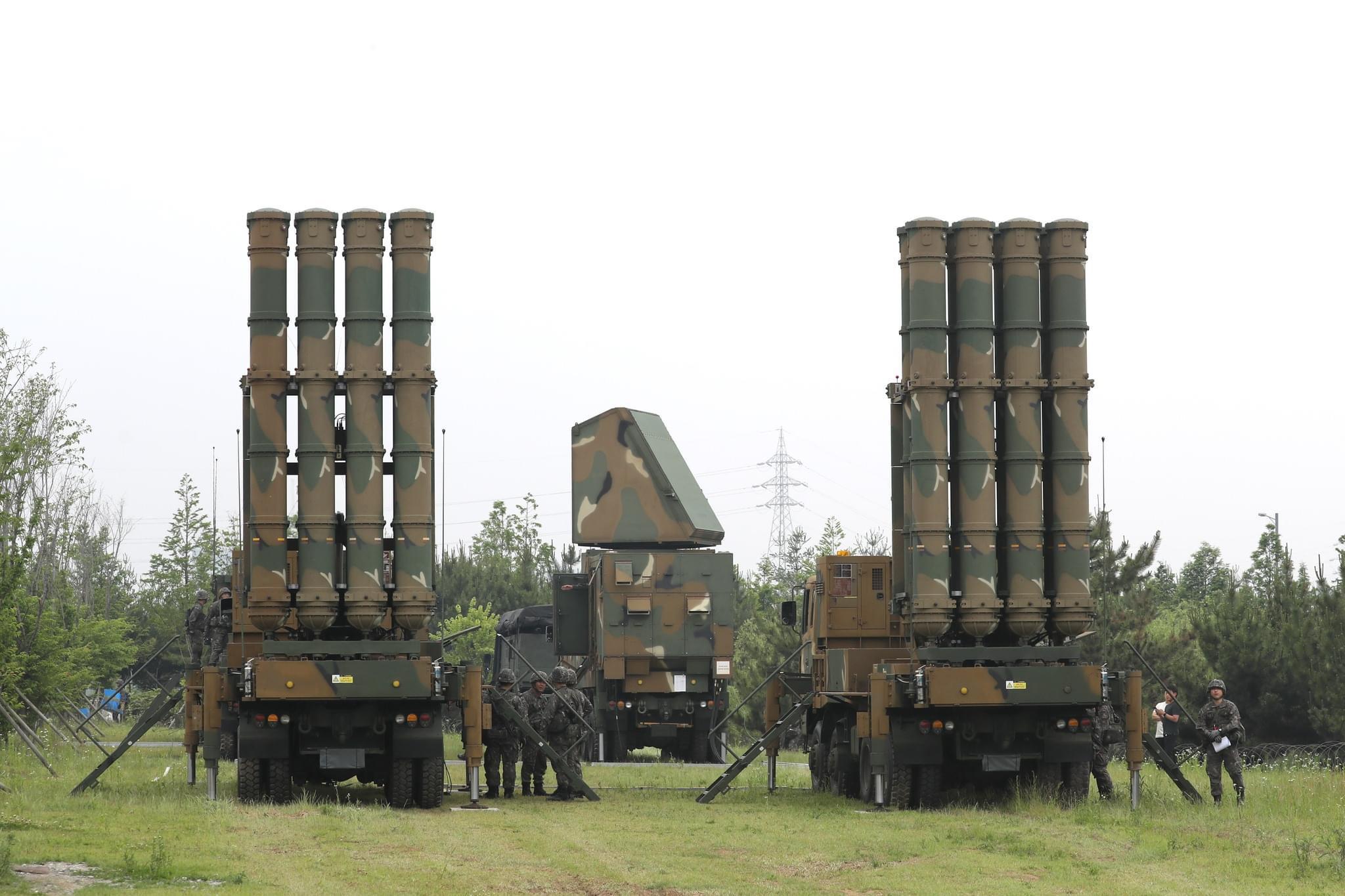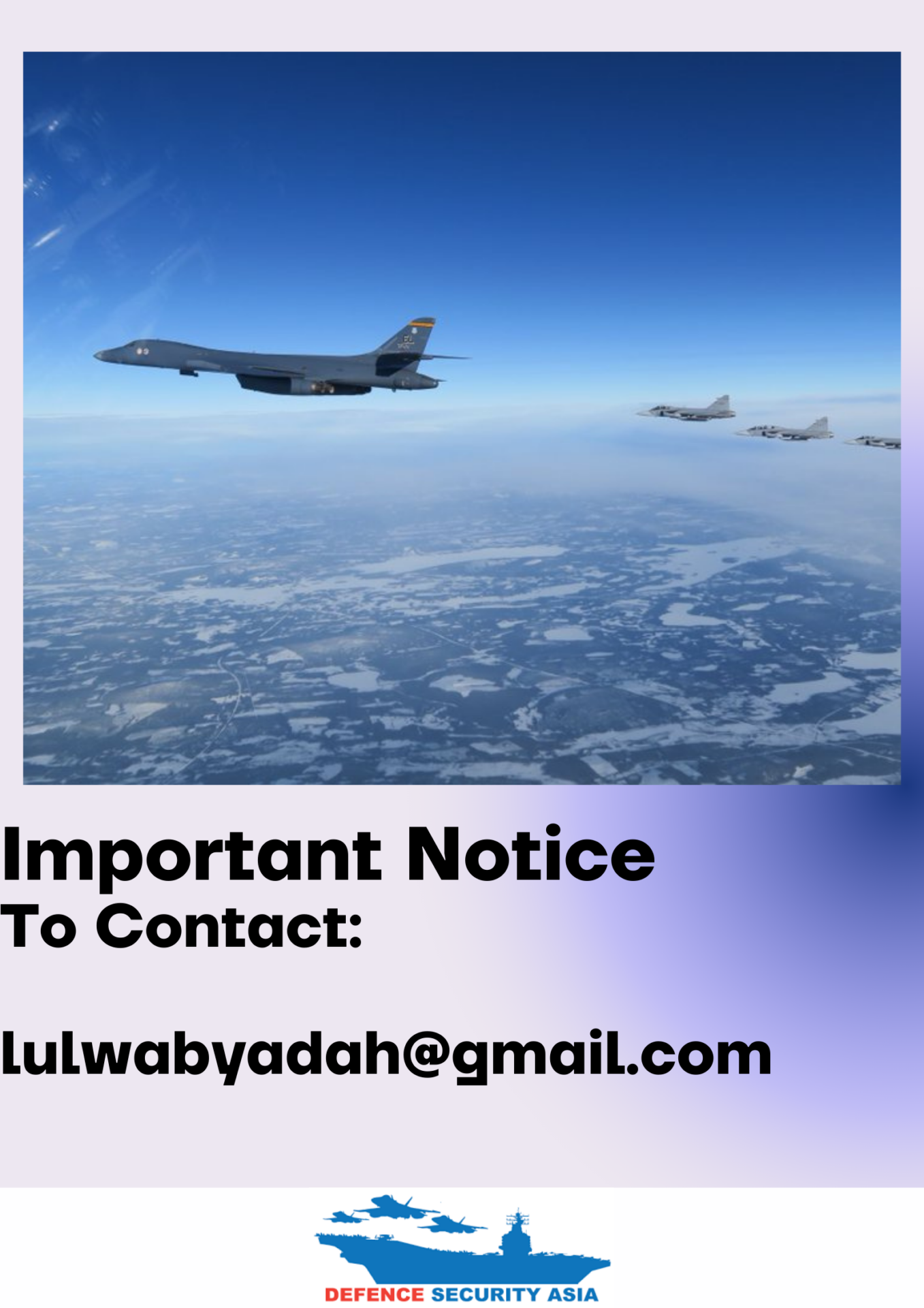Middle East Proves a Lucrative Market for South Korea’s KM-SAM II, Iraq Newest Buyer
Iraq reportedly aims to acquire up to eight batteries of the KM-SAM II medium-range air defense system, believed to be valued at US$2.5 billion (RM11.7 billion), to protect its airspace from any foreign invasion threats amid escalating tensions in the region due to the Israel-Palestine conflict.
(DEFENCE SECURITY ASIA) — The Middle East appears to be a promising market for South Korea’s medium-range air defense system, KM-SAM II (Cheongung II), developed by the Agency for Defense Development (ADD) and built by LIG Nex1.
Following the United Arab Emirates (UAE) and Saudi Arabia, the system has now caught the interest of another Middle Eastern country, Iraq, seeking to acquire it.
Not limited to Middle Eastern nations, LIG Nex1 also plans to offer the South Korean-made system to Malaysia when its procurement tender opens shortly.
Iraq reportedly wants to acquire up to eight batteries of the KM-SAM II system, valued at US$2.5 billion (RM11.7 billion), to defend its airspace from any foreign invasion threats at a time of heightening tension in the region due to almost eight months of armed conflict between Israel and Palestine.
According to analysts, what makes this notable is that the UAE, Saudi Arabia, and Iraq had previously expressed interest in acquiring Russia’s S-400 air defense system but ultimately opted for the South Korean KM-SAM II system.

Analysts pointed out that one reason for this choice is the competitive pricing of the KM-SAM II at US$320 million (RM1.5 billion) per battery, significantly lower than Russia’s more expensive S-400.
As reported by international defense media, Saudi Arabia signed a contract worth US$3.2 billion (RM15.25 billion) last November to acquire the system, following the footsteps of its oil-rich neighbor, the UAE, which secured a similar deal worth US$3.5 billion (RM16.68 billion) in January 2022.
A unique feature of the KM-SAM II system is that it is the only medium-range air defense system to incorporate technology DNA from both the Western Bloc and Russia.
It is a South Korean system developed by defense firm LIG Nex1 and the Agency for Defense Development (ADD), with technical assistance from Russia’s Almaz-Antey, known for developing the S-300, S-400, and the latest, S-500 systems.
Hanwha Systems also contributed to the development of the system’s radar, while Hanwha Aerospace supplied the launcher vehicles.

The standard composition of the KM-SAM system includes a Fire Control Center (FCC), a Multifunction Radar (MFR), and several Transporter Erector Launchers (TEL) that can carry up to eight guided missiles.
The system’s 3D Multifunction Passive Electronically Scanned Array (PESA) X-Band radar is capable of detecting targets up to 100km away and tracking up to 40 targets simultaneously.
The KM-SAM system can engage aerial targets up to 15km (49,000 feet) high at a range of 40 km. — DSA



Comments are closed.